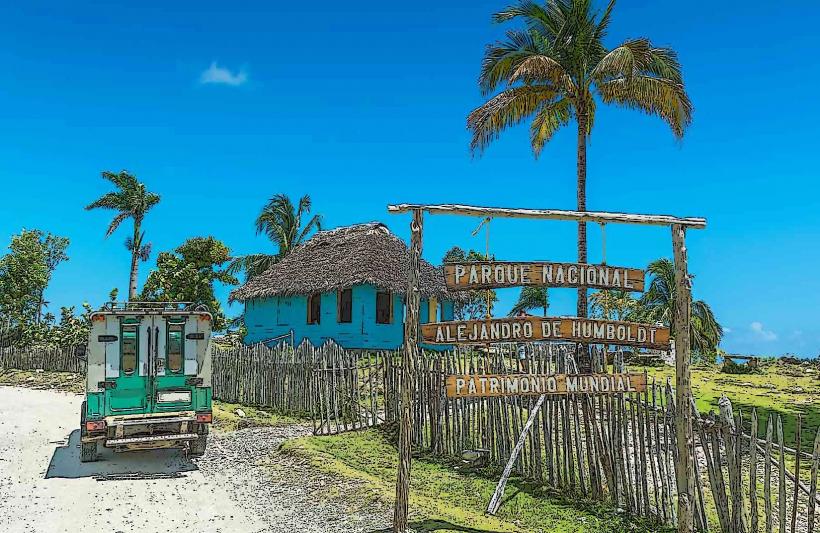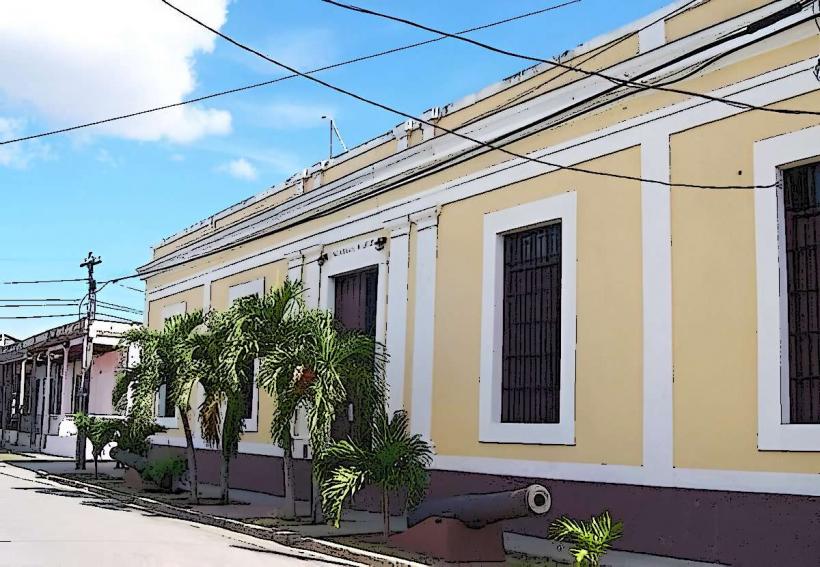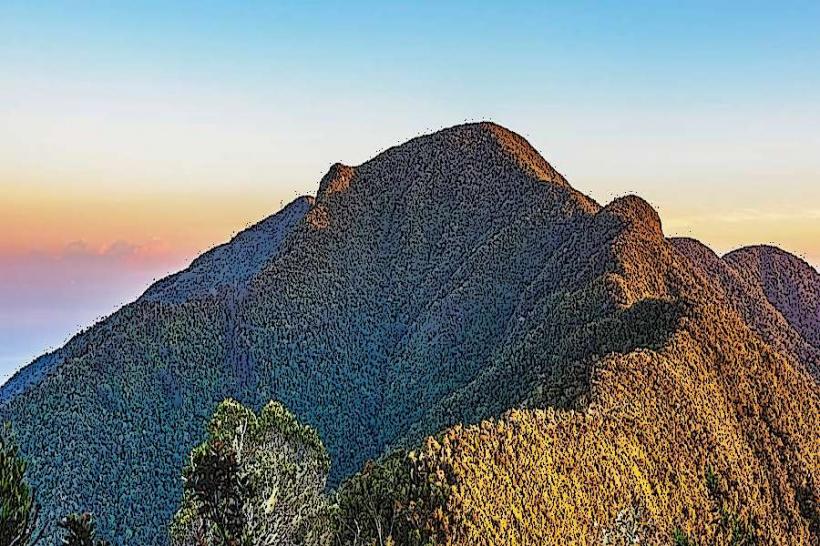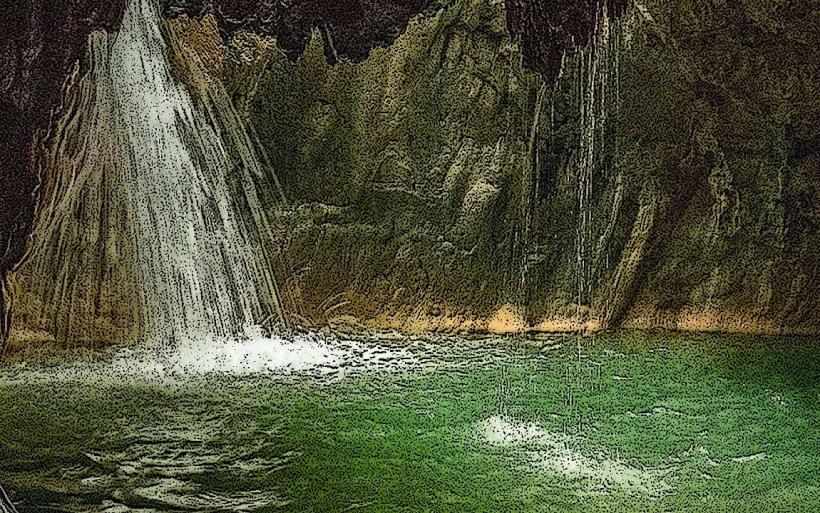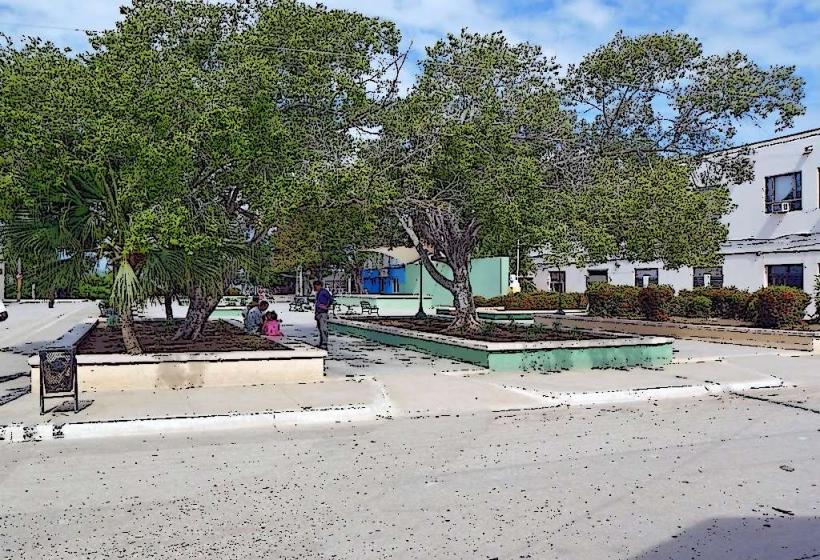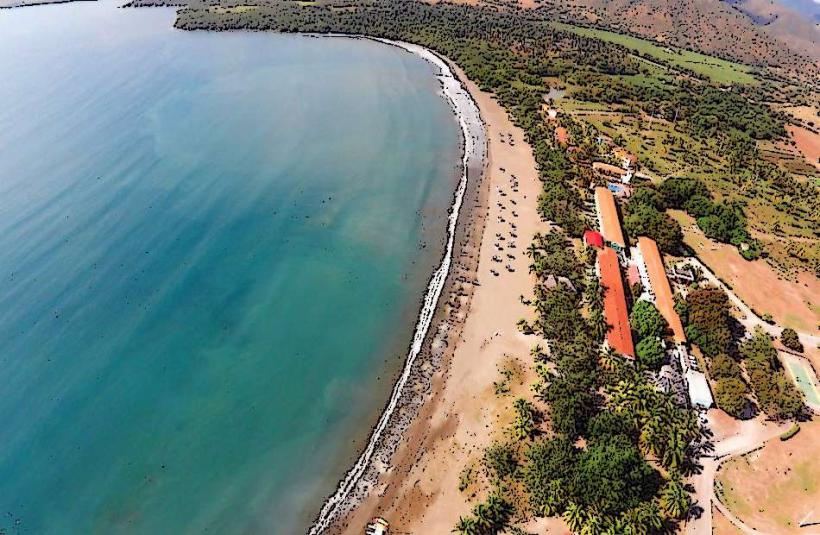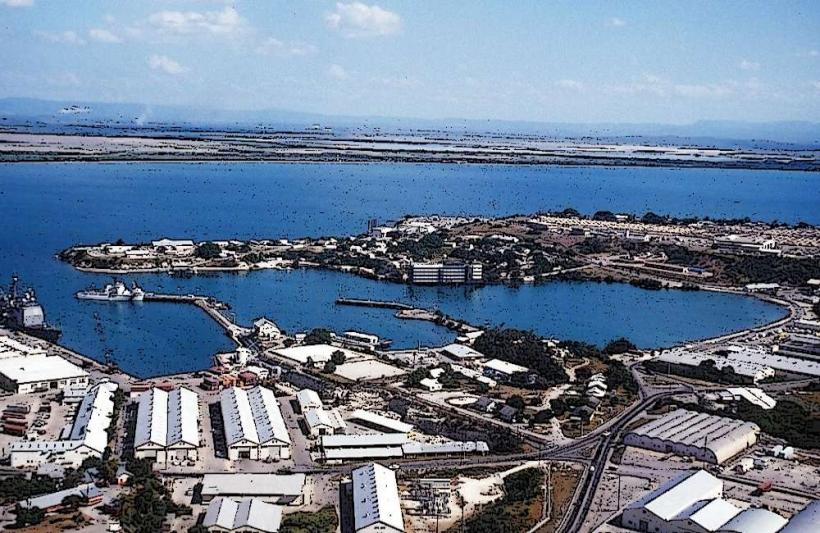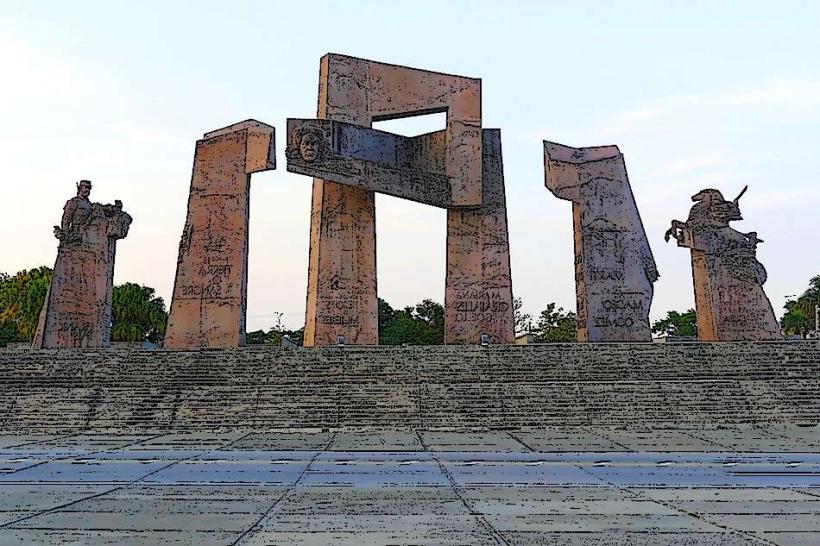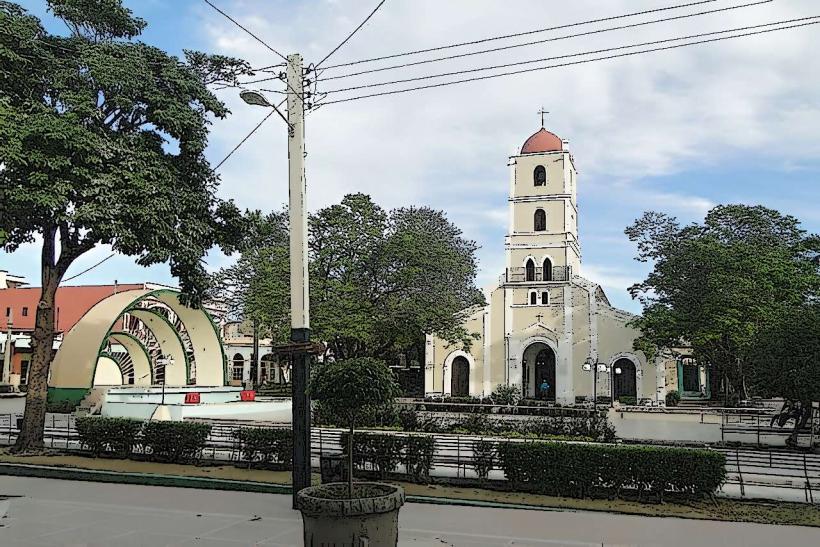Information
Landmark: Cueva del GuáCity: Guantanamo
Country: Cuba
Continent: North America
Cueva del Guá is a significant natural cave located in the Sierra del Purial mountains in the Guantánamo Province of southeastern Cuba. This cave is renowned for its historical, cultural, and ecological importance, attracting visitors with its prehistoric rock art, unique geological formations, and its connection to Cuba’s indigenous past. Here’s a detailed overview of Cueva del Guá:
Location and Geographic Features
- Location: Cueva del Guá is situated near the town of Yateras in the Guantánamo Province, which is part of Cuba’s southeastern region. It is nestled in the Sierra del Purial, an area known for its rugged terrain, limestone mountains, and tropical forests.
- Geological Features: The cave is a limestone formation, typical of many caves found in the Caribbean. It has a series of chambers and passageways, with impressive stalactites and stalagmites, which create a stunning underground landscape.
Historical and Cultural Significance
Prehistoric Rock Art: One of the most remarkable features of Cueva del Guá is the rock art found inside the cave. The walls of the cave are adorned with petroglyphs and pictographs created by the Taino people, the indigenous inhabitants of Cuba before European contact. These artworks provide valuable insights into the lives and spiritual beliefs of the Taino.
- The petroglyphs typically depict animals, human figures, and abstract symbols, many of which are thought to have had spiritual or ritualistic significance.
- The paintings are believed to date back several hundred years and are an important example of the indigenous culture that once thrived in the region.
Archaeological Importance: The cave has been the subject of archaeological research due to its historical significance. Excavations have revealed artifacts such as pottery shards, tools, and other cultural remnants, providing a better understanding of the Taino people’s way of life and their use of caves for shelter, rituals, and possibly burial sites.
Ecological Features
- Flora and Fauna: The area surrounding Cueva del Guá is part of the broader Sierra del Purial, a region rich in biodiversity. The tropical forests around the cave are home to various species of plants, birds, and other wildlife, some of which are endemic to Cuba. The cave itself provides a unique microhabitat for several species of bats and other cave-dwelling organisms.
- The nearby Yateras region is known for its diverse ecosystems, including cloud forests and savannahs, which contribute to the ecological richness of the area.
Tourism and Accessibility
- Visiting the Cave: Cueva del Guá is an important site for both cultural heritage and eco-tourism. Guided tours are available for visitors who wish to explore the cave and learn about its history and natural features. The tours often include explanations of the Taino rock art, the archaeological discoveries, and the cave’s geological formations.
- Accessibility: The cave is located in a remote area, which requires travel through winding mountain roads. Visitors usually reach the cave by car or by hiking from nearby towns like Yateras.
- Tourist Facilities: While the cave itself is a natural site, basic facilities such as parking and guides are typically provided for visitors. However, the area is relatively undeveloped compared to more popular tourist destinations, which allows visitors to experience a more authentic and natural setting.
Cultural Heritage and Preservation
- Conservation Efforts: Due to its archaeological and historical significance, Cueva del Guá is protected by the Cuban government as part of its efforts to preserve the cultural and natural heritage of the island. There are ongoing conservation initiatives to protect the rock art and the cave’s fragile ecosystem from the impacts of tourism and natural degradation.
- Cultural Education: The cave serves as an educational resource for learning about the history of Cuba’s indigenous peoples, providing an opportunity for both locals and tourists to connect with the country’s deep cultural roots.
Nearby Attractions
- Sierra del Purial: The surrounding mountain range is home to numerous natural attractions, including other caves, hiking trails, and areas of ecological importance.
- Cuban Ecosystems: Visitors to the region can also explore Cuba’s rich biodiversity, including other protected areas in the region like the Parque Nacional Alejandro de Humboldt, which is famous for its endemic species and varied ecosystems.
Conclusion
Cueva del Guá is a fascinating site that combines natural beauty with deep cultural and historical significance. Its prehistoric rock art, archaeological finds, and unique geological features make it an essential destination for those interested in Cuba’s indigenous heritage and natural wonders. Whether for its cultural history or its ecological richness, Cueva del Guá offers a captivating experience for visitors seeking to understand Cuba’s past while enjoying its natural landscape.

